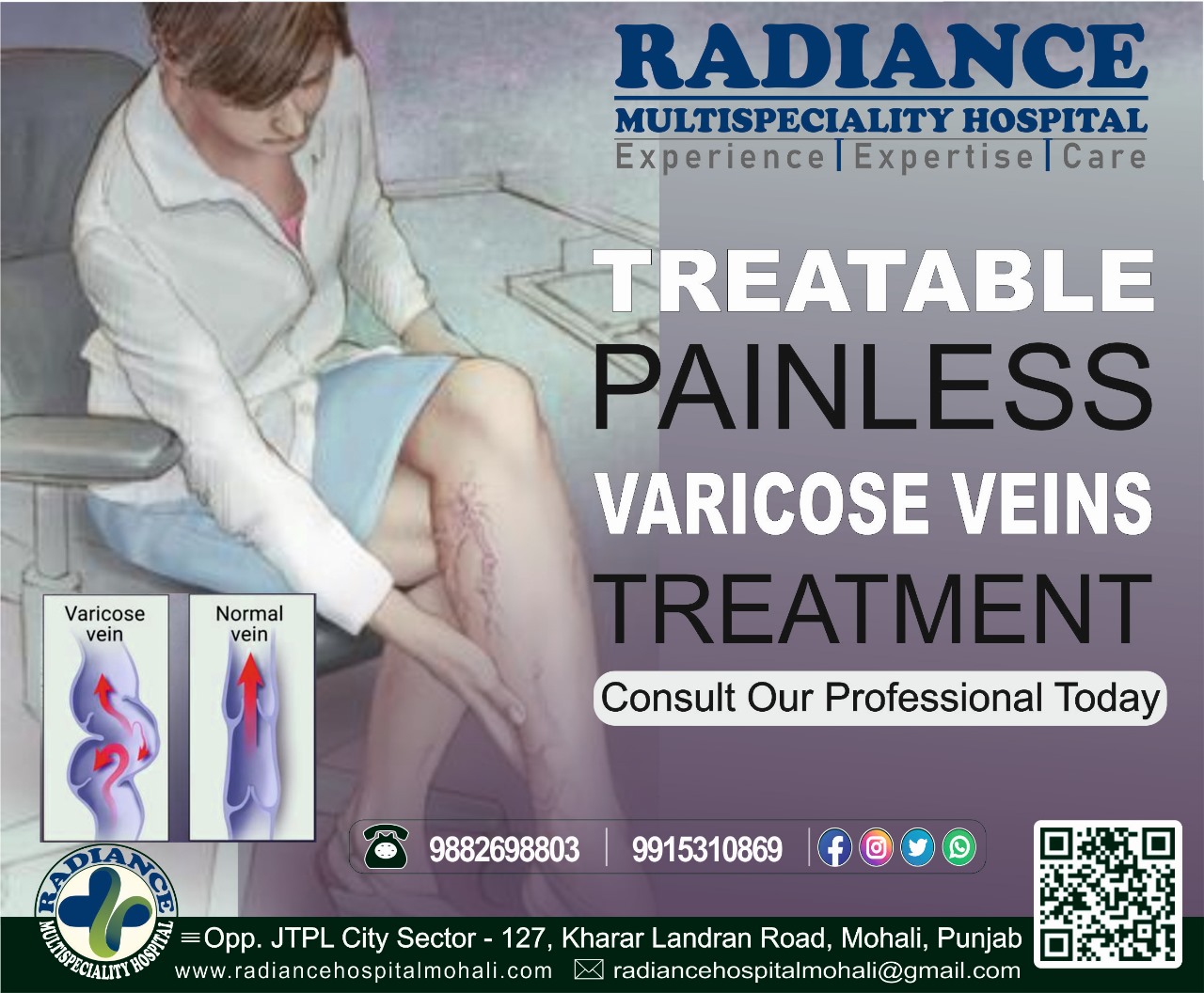Varicose veins are a common vascular condition that affects millions of people worldwide. They are characterized by enlarged, twisted, and often painful veins that appear just beneath the surface of the skin, usually in the legs.
Varicose veins occur when the valves in the veins, primarily in the legs, become weak or damaged. Normally, these valves prevent blood from flowing backward, but when they malfunction, blood can pool in the veins, causing them to swell and become visible through the skin. They are most commonly found in the legs.
Signs and Symptoms
- Visible Veins The most obvious sign is the appearance of large, twisted, and bulging veins that may be blue or purple in colour.
- Aching and Pain Individuals with varicose veins often experience discomfort, aching, or a feeling of heaviness in the legs, especially after prolonged standing or sitting.
- Swelling Swelling in the legs, ankles, and feet can be a symptom of varicose veins.
- Skin Changes Skin around the affected veins may become discolored, dry, or itchy, and in severe cases, it can lead to ulcers.
Treatment Options
- Lifestyle Changes Making healthy lifestyle choices can help manage varicose veins. These include regular exercise, maintaining a healthy weight, elevating the legs, and avoiding prolonged sitting or standing.
- Compression Stockings Wearing compression stockings can provide relief by applying pressure to the veins, helping blood flow more efficiently.
- Sclerotherapy This minimally invasive procedure involves injecting a solution into the affected veins to close them off, causing them to gradually disappear.
- Endovenous Laser Treatment (EVLT) EVLT uses laser energy to seal the affected vein, redirecting blood flow to healthier veins.
- Surgical Procedures In severe cases, surgical options like vein stripping or phlebectomy may be necessary to remove or close off the affected veins.
